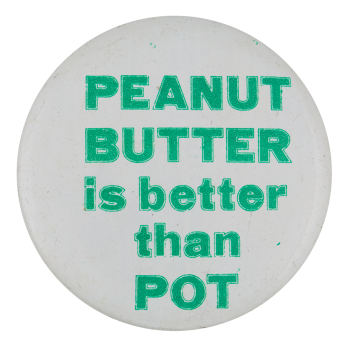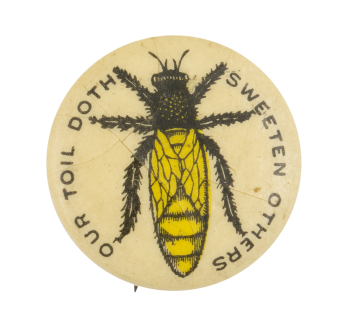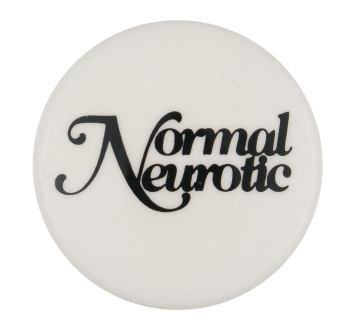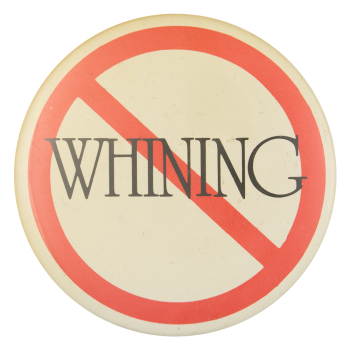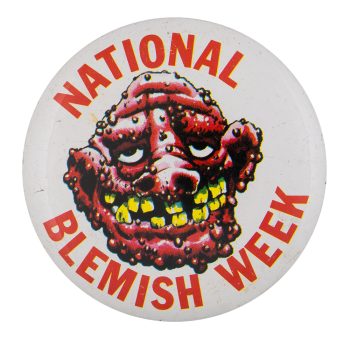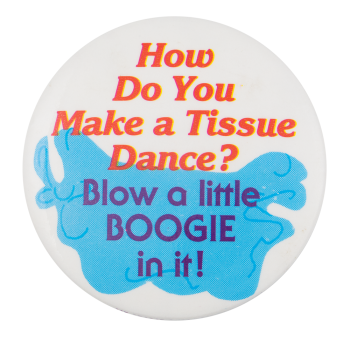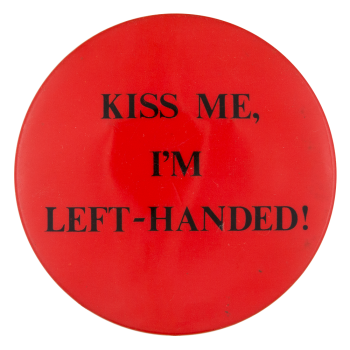| Additional Information |
The phrase "You and I make a good pear" is a play on the idiom "You and I make a good pair," suggesting that the individuals are a good match and/or complement each other. The imagery of the pear adds a somewhat humorous, possibly sweet or harmonious, element to the sentiment of compatibility. Cosmo Manufacturing Company, established in 1892, gained recognition for producing the trinkets found in Cracker Jack boxes. In 1926, the company expanded its operations by acquiring Dowst Brothers Company, known for its miniature metal creations, including buttons, cufflinks, and promotional accessories. The same design can be found from Johnson Smith & Co’s mail-order novelty catalog from 1929 amongst various similar formatted buttons. Johnson Smith & Company began in Chicago, Illinois in 1914 as a mail-order novelty and gag gift supplier, settling in Racine, Wisconsin in 1922. Johnson Smith & Co. or Johnson Smith Company sold an array of toys including pinback buttons with suggestive slogans meant as ice breakers. Their 1929 catalogue touts, “These Buttons provide subjects for pleasant jokes and amusing conversations, and thus smooth the way to a more familiar acquaintance and cordial friendship. They are very wittily worded and quite unobjectionable. Wear one and see the effect.” |



